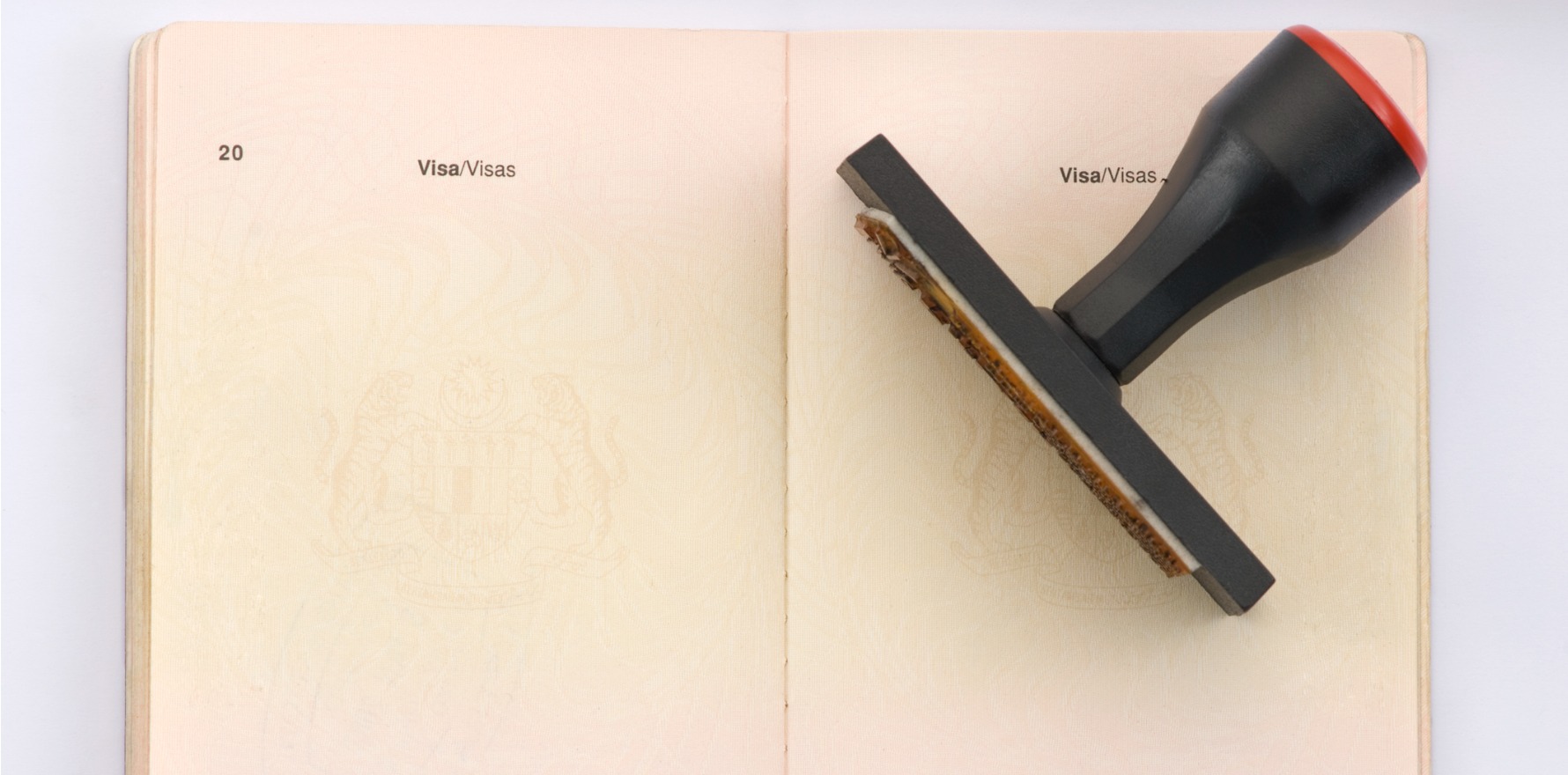GPs are among the priority for a Medical Board scheme to begin in October, but the RACGP says this is just reinventing the wheel.
The Medical Board of Australia has announced a new fast-track system to import specialist international medical graduates, with GPs, anaesthetists, psychiatrists and obstetricians and gynaecologists the priority.
The new registration pathway – one of the recommendations of the the Kruk review released in December – will “sit alongside the existing specialist medical college assessment system”, and participants will initially have conditions on their registration “as a safeguard to protect patients” during their induction.
With National Cabinet applying pressure on AHPRA and the boards to act on the regulatory hurdles for IMGs, the aspirational start dates are October this year for GPs and December for the other specialities.
The board said it was currently consulting the colleges on a list of qualifications that will allow applicants to bypass college assessment in Australia and go straight to the board for specialist registration.
“Under the proposal, they would then work as a specialist under supervision for six months and complete Medical Board requirements such as cultural safety and orientation to the Australian healthcare system,” said Dr Susan O’Dwyer, lead on the MBA’s specialist IMG taskforce.
“Once the requirements are completed satisfactorily, they would be granted unconditional specialist registration.
“The key message from this review is that removing outdated regulatory barriers faced by internationally qualified health practitioners will improve care for Australians.”
The board will hold a consultation process on the registration standard before it is reviewed and signed off by health ministers.
Speaking to The Medical Republic, RACGP president Dr Nicole Higgins said that the government was simply “reinventing the wheel” as overseas trained specialist GPs are already fast tracked with help from the RACGP.
“We have doctors working in the areas of need and they are fast tracked through the system, supported and given cultural training and education around the MBS and PBS systems and [cultural] context,” she said.
“What [the government] is talking about is reinventing the wheel for every medical specialty based on what [the RACGP] is already doing.”
According to Dr Higgins, what’s novel about the pathway is that it will be government-controlled rather than profession-led, as it currently is.
Having worked “in good faith” with the government to address the recommendations of the Kruk report, the college was “blindsided” by the announcement of the new pathway, said Dr Higgins – despite the board’s claim to be consulting with the colleges.
The real hold-up for overseas doctors is immigration and government systems before doctors enter Australia, not what’s happening through the colleges, she added.
Dr Higgins said the college would continue to work towards finding a solution before October.
Related
President of the AMA Professor Steve Robson said that while the AMA supported streamlined migration and registration processes for international health professionals, “changes should not come at the expense of quality”.
“Australian trained health professionals are among the best in the world,” he said.
“It is important that medical practitioners and other health professional coming to work here are of a comparable standard.
“Any changes to processes must have the support of the relevant medical colleges to ensure safety and quality.”
Professor Robson said that while streamlining processes may help, “this isn’t a sustainable solution”.
“The real solution lies with more effective workforce planning, backed by policies that encourage health professionals to work in locations and areas of practice where they are most needed.
“This is why the AMA is calling for the establishment of an independent health workforce planning agency.”
Former chief medical officer Professor Brendan Murphy told the board’s annual meeting this month that doctor shortages had persisted despite migration returning to pre-pandemic levels, “without clear evidence that the Australian training pipeline of doctors will resolve them any time soon”.
“This is an international marketplace where we must be competitive, and we must be attractive to those doctors and other healthcare professionals who might want to come here,” he said.
However, Professor Murphy also said migration was not a long-term solution.
“There is a material risk in my view that the ‘sugar hit’ of a migration boost will be seen as easier than the necessary reforms to the training and distribution of Australian trained doctors,” he said.
“These require us to, once again, focus on implementing the National Medical Workforce Strategy, including its important self-sufficiency goal.”
This article was updated on Wednesday to include comments from the RACGP and AMA. Additional reporting by Laura Woodrow.





